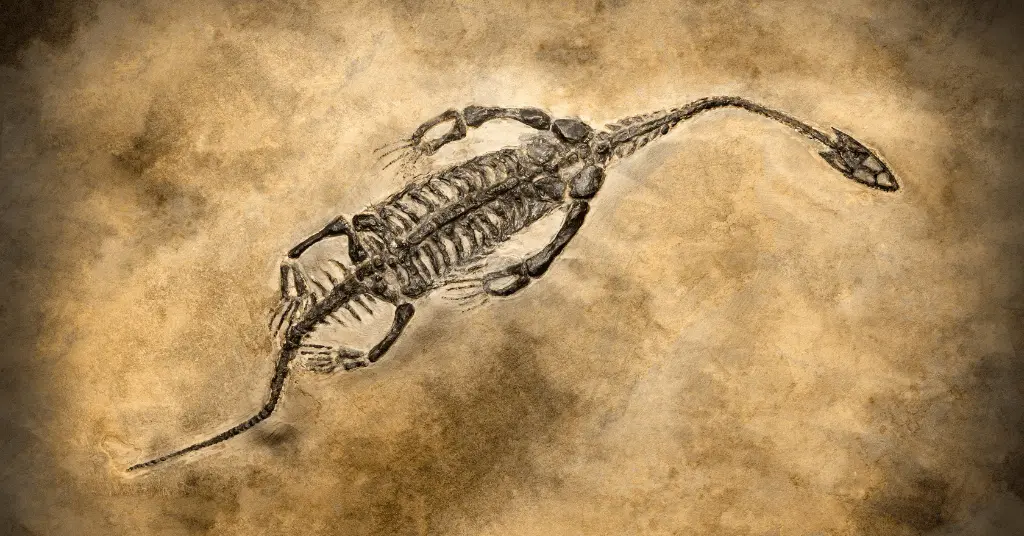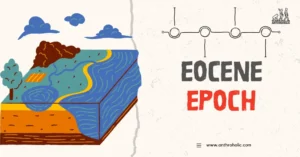AI Answer Evaluation Platform Live Now. Try Free Answer Evaluation Now
Paleopathology
Paleopathology is the discipline that investigates ancient diseases based on human or animal remains. Bones are the most commonly found remains hence, paleopathology examines legions and marks found on bones to understand the nature of trauma, injury or disease in the past. It is widely considered an interdisciplinary field traversing science, humanities and history due to its scope in anthropology and objectives pertaining to pathology or epidemiology. Besides bone samples, soft tissues are also well preserved in conducive environments which are called mummified tissues. Paleopathology also continues to study these.[1]

Background
Interest in ancient human health and disease has been around since antiquity. The use of bone lesions as markers of the same was first made by pathologists and anatomists like Rudolph Virchow and Grafton Elliott Smith. The latter of whom worked extensively on the brains of Egyptian mummies and the pathological impact of heavy headgear on their skulls.[2]
The second period (early 20th century) in paleopathology drew from the developments in contemporary medical science at the time and diagnosed gastrointestinal conditions, tuberculosis, cancer and other congenital conditions like fractures or injuries using mummified remains.[3] The period between the two world wars witnessed a downturn for paleopathology due its reduced interest in anthropological disciplines and isolation of pathological bones from museum selections or burials.[3]
In the post-war period, paleopathology was revitalised with the works of Aidan and Eve Cockburn on Egyptian mummies in the 1970s which was followed by a rapid rise in use of modern technology, DNA studies and molecular biology which is still prevalent today.
What can paleopathology study?
In paleo epidemiological research, paleopathology can detect marks or lesions induced on bones to determine the nature and presence of the following diseases and conditions –
- Tuberculosis – found through DNA extraction and pathology of bone structures or joints.
- Syphilis – evident through bone changes and damaged joints.
- Leprosy – detected from remodelling in appendicular bones (tarsals,tibiae,hand bones) as well as nasal aperture in the skull.[4]
- Osteoarthritis – identified from imprints on bone, osteophytes and sclerosis.
Paleopathology in socio-cultural context
J.L Angel has highlighted the position of paleopathology in studying societies. Following are the parameters –
- Social Biology – Paleopathalogy can infer the ecological setting of past communities and detail the interrelationship between environment, disease and health. The way a particular disease is transmitted can also help reconstruct the habits of ancient humans. For example, the presence of tuberculosis in paleopathological samples can point to the interaction between cattle and humans as the disease is also seen in animals. Additionally, arthritis can denote a presence of immunological and physical stress which can explain types and intensity of activity in past humans.[5]
- Demographic study – As far as population samples are concerned, paleopathology can detail the overall health of ancient peoples. The mortality rates, death curves and average longevity of life can be found using age estimation of remains. Past instances of epidemics can be traced.[6]
- Paleonutrition – Paleopathology can reveal the types of minerals absorbed based on trace elements of strontium, magnesium, zinc and phosphate in bones and teeth. Vitamin D and protein content is inferred based on the flattening of pelvis and skull base.[7] Such information is crucial in reconstructing past dietary patterns and the impact of agriculture or meat consumption has been studied critically taking ancient cultures in mind.
There has been a renewed interest in discerning the cause of death and pathology of ancient kings. Most recently, Tutenkhamun (1341-1323 BCE) the Egyptian pharaoh has been the subject of such investigations.[8] Therefore, paleopathology also helps supplement historiographical data. Moreover, mummified samples are also used to uncover past social habits like tattooing, nature of jewellery and medical skills.[1]
Current Prospects in Paleopathology
With the development in technology, paleopathology has incorporated invasive as well as non-invasive procedures. High quality imaging can be acquired using computerised tomography and X-ray[9]. 3D reconstructions yield a better understanding of taphonomical markers and bone remodelling. Additionally, electron and light microscopy show detailed high resolution images of the tissue and cellular structure.[9] Molecular studies have also become crucial in both bone as well as soft tissue by recovery of genomic and mitochondrial DNA, which though rare, is still possible. This is often termed molecular paleopathology.[10]
Paleopathology in spite of its broad multifarious scope faces limitations like problems of preservation, rare instances of pathological marks and nature of diseases confined only to bones. As lesions lack specificity, they are unreliable in providing the exact disease or type of injury. As a result, paleopathological research can be threatened with fallible interpretations.[11]
FAQs about Paleopathology
See Also
References
[1] Fernández, Pedro L. (2012). Palaeopathology: The Study of Disease in the Past. Pathobiology, 79(5), 221–227. doi:10.1159/000335165
[2] Todd, T. Wingate (1937). “The scientific influence of Sir Grafton Elliot Smith”. American Anthropologist. 39 (3): 523–526. doi:10.1525/aa.1937.39.3.02a00120.open access
[3] J. Lawrence Angel (1981). History and development of paleopathology. , 56(4), 509–515. doi:10.1002/ajpa.1330560425
[4] Roberts C. 15 March 2018, posting date. The bioarchaeology of leprosy: learning from the past, Chapter 11.1. In Scollard DM, Gillis TP (ed), International textbook of leprosy. www.internationaltextbookofleprosy.org.
[5] Cockburn, E, Duncan, H, Riddle, JM (eds) (1979) Arthritis: Modern concepts and ancient evidence. Paleopathol. AsSOC. Monograph No. 3. Henry Ford Hospital Med. J. 27:1-79
[6] Armelagos, GJ, McArdle, A (1975) Population, disease, and evolution. In AC Swedlund (ed): Population studies in Archeology and Biological Anthropology: a symposium. Am. Antiqu. Mem. 3O:l-10.
[7] Angel, JL, Olney, LM (1981) Skull base height and pelvic inlet depth from prehistoric to modern times. Am J. Phys. Anthropol. 54:197 (abstract).
[8] Hussein K, Matin E, Nerlich AG. Paleopathology of the juvenile Pharaoh Tutankhamun-90th anniversary of discovery. Virchows Arch. 2013 Sep;463(3):475-9. Doi: 10.1007/s00428-013-1441-1.
[9] Macadam RF, Sandison AT: The electron microscope in palaeopathology. Med Hist 1969; 13: 81–85.
[10] Marota I, Rollo F: Molecular paleontology. Cell Mol Life Sci 2002; 59: 97–111.
[11] J. Dastugue (1980). Possibilities, limits and prospects in Paleopathology of the human skeleton. , 9(1), 3–8. doi:10.1016/0047-2484(80)90035-4




